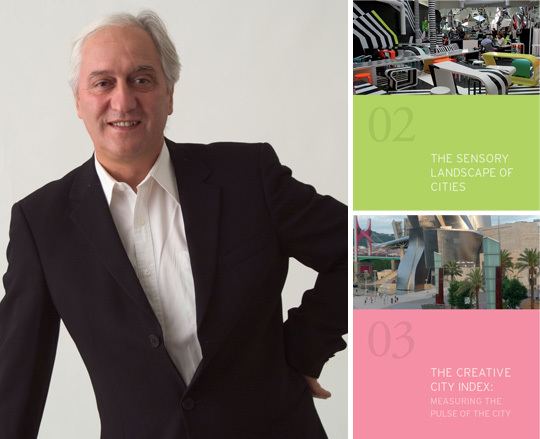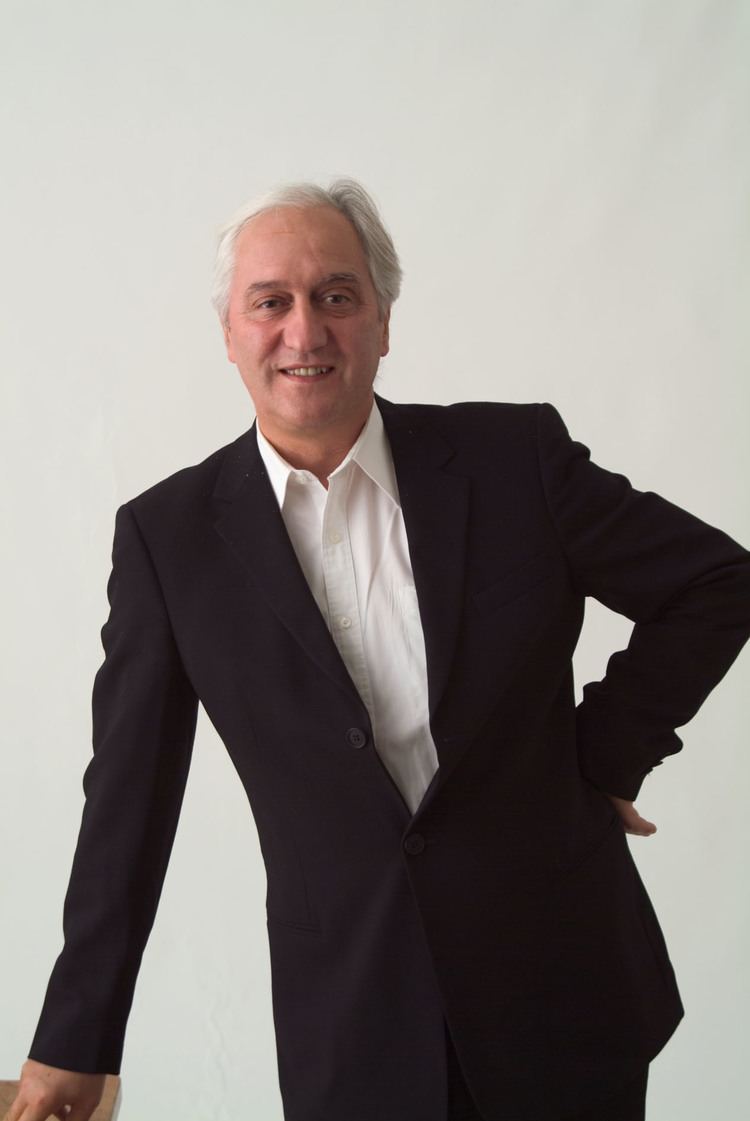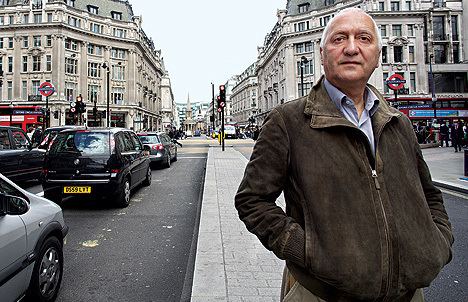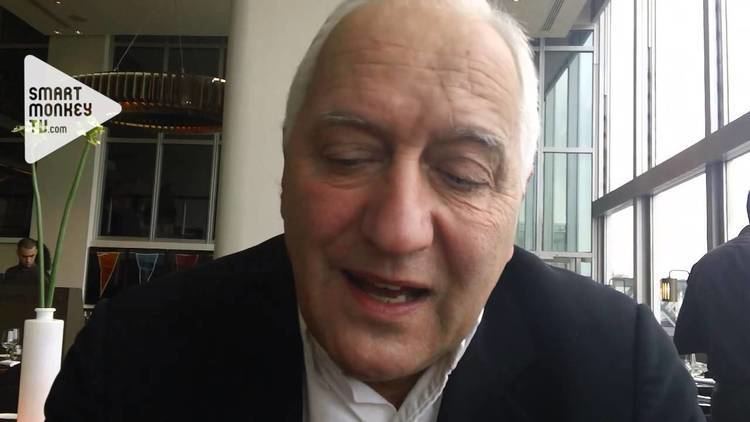Occupation Writer, urban planner Name Charles Landry Language English Literary movement Comedia | Nationality British Organizations founded Comedia Subject Urban planning | |
 | ||
Notable works The Creative City: A Toolkit for Urban Innovators Books The creative city, The Art of City Making, The Creative City Index, The Origins and Futures of, The Art of Regeneration Similar People Geoff Mulgan, Ken Worpole, Peter Hall Profiles | ||
Fragile cities creative cities charles landry tedxleicester
Charles Landry is best known for having written the book The Creative City: A Toolkit for Urban Innovators. The creative city has now become a global movement to rethink the planning, development and management of cities. Previously he founded the think tank Comedia in 1978, which pioneered the connection between culture, creativity and city transformation.
Contents
- Fragile cities creative cities charles landry tedxleicester
- The Creative City past present and future Charles Landry TEDxPadova
- Outlook and concepts
- Comedia
- Publications
- References

Charles Landry was born in 1948 and brought up and educated in Britain, Germany and Italy. Prof. Charles Landry is a Master of International Urban Creativity with The Beijing DeTao Masters Academy (DTMA), a high-level, multi-disciplined, application-oriented higher education institution in Shanghai, China.

The Creative City: past present and future | Charles Landry | TEDxPadova
Outlook and concepts

Charles Landry coined the term the creative city in the late 1980s in response to the dramatic economic and social changes happening at that time. He argues that in such changing circumstances creativity at every level is required to address and adapt appropriately. He posits that conditions need to be created for people to think, plan and act with imagination in harnessing opportunities or addressing seemingly intractable urban problems. This means a city needs to embed a culture of creativity in the way it operates and to infuse how all of its organizations operate. Initially there was a focus on the contribution of the arts and the creative industries in driving innovation in cities and helping to make them distinctive. Increasingly he has emphasized how the organizational culture needs to change to unleash the potential, resources and assets of a city. Traditional hierarchical structures restrict ideas generation and rethinking.

He contrasts the urban engineering approach to cities with creative city making. In the former there is a focus on the physical infrastructure or the hardware of the city, in the latter equal attention is paid to both hardware and software issues. Software is the human dynamics of a place, its connections and relationships as well as atmosphere.
In his follow up book, The Art of City Making, he discusses "the sensory landscape of cities" and how creativity needs to change its focus and be linked to an ethical foundation. This he calls being creative "for the world" so cities give something back to the wider community. He argues that the popularity of the term creativity is in danger of hollowing out the concept and making it meaningless. A main focus of creativity should be on addressing global issues and behavioural issues such as climate change or the balance between rich and poor. In addition a role of creativity is to help make cities more distinctive given the danger of homogeneity and global branding.
His recent work with his colleague Phil Wood has focused on the idea of The Intercultural City. This looks at how diversity in cities can become an advantage and whether diversity can lead to innovation and wealth creation. Interculturalism goes beyond equal opportunities and respect for existing cultural differences, to the pluralist transformation of public space, institutions and civic culture.
The publication of the John Howkins' book The Creative Economy and Richard Florida's The Rise of the Creative Class gave the creativity cities movement added popularity.
Comedia
Charles Landry launched Comedia in the late 1970s. For many years, a changing group of people developed projects concerned with urban life, culture and creativity and the future of cities. Many individuals like Ken Worpole, Franco Bianchini, Phil Wood, Peter Hall, Geoff Mulgan, Jude Bloomfield, Naseem Khan contributed to Comedia. This resulted in over 500 projects across the globe and more than a 100 publications.
Initially Comedia's publishing wing was most well known. This affected the development of cultural studies and urban planning. Later Comedia's research became better known. Long term projects included The Creative City, Culture at the Crossroads, The Art of Regeneration, Richness of Cities, and Creativity at the Heart of Culture.
